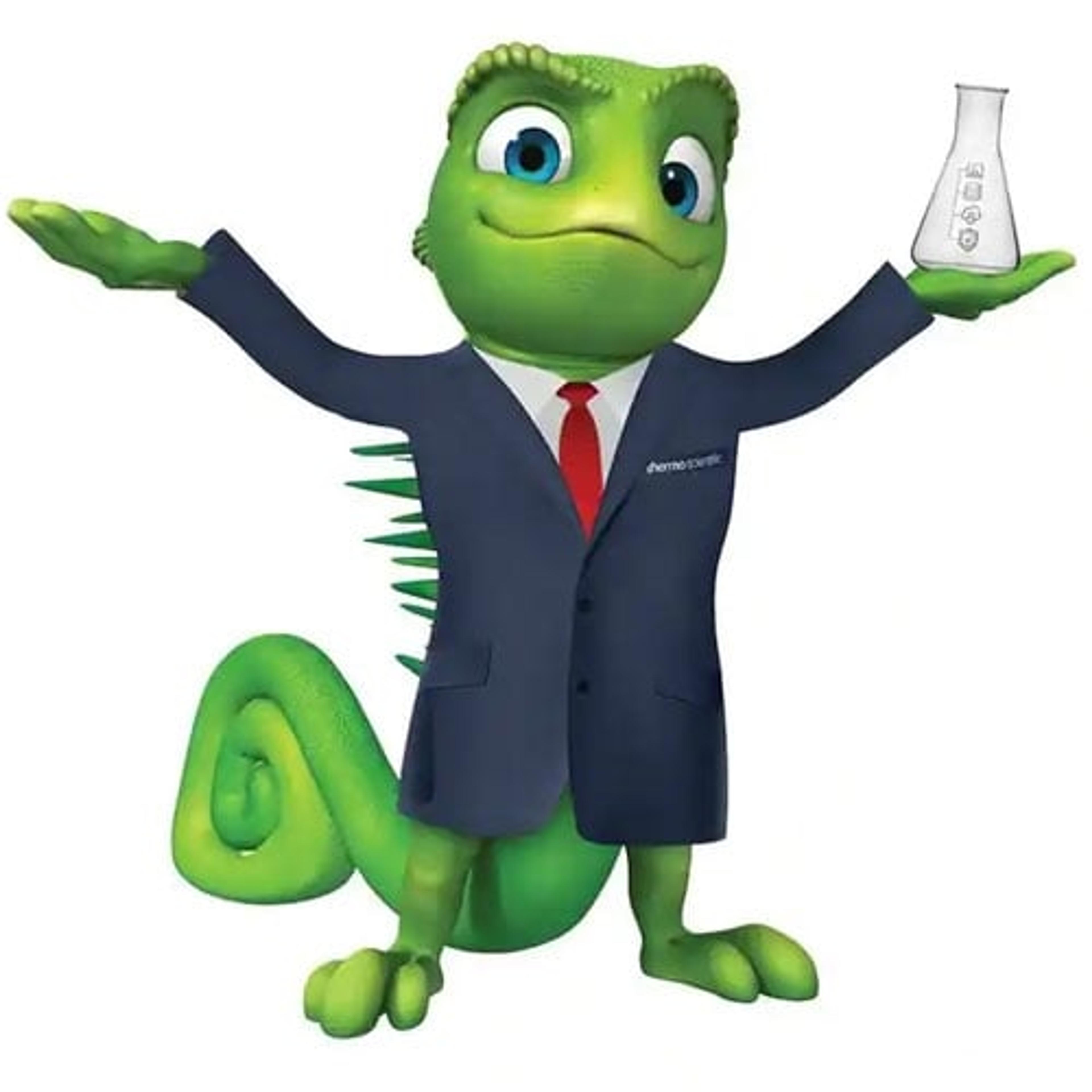Webinar Highlights: Efficient Analytical Workflows Webinar Series
Part II: Chromatography Data Management Tools in Applied Market Labs
20 Sept 2016
Image ID: 395977438

Susan Mackintosh, Scientist at Exponent Inc. in the Polymers Science and Materials Chemistry Group

Barbara van Cann, Product Specialist for Chromatography Software at Thermo Fisher Scientific
In this webinar Barbara van Cann, Thermo Fisher Scientific, and Susan Mackintosh from Exponent Inc., discussed chromatography data management and the challenges of acquiring data across multiple chromatographic technologies. They also explain how the Thermo Scientific™ Chromeleon™ 7.2 Chromatography Data System (CDS) Software can improve efficiency in e-workflows and ensure accuracy in results. Read on for highlights from the Q&A session of the webinar, and if you missed it, watch the webinar on-demand.
Q: What are the biggest gains in terms of workflow efficiency when running the Chromeleon Chromatography Data System (CDS)?
Barbara: I would say there are several time saving areas. It’s really making sure your analysis is right the first time; by using e-workflows you don’t make unnecessary mistakes, and by using intelligent run control, you can automatically order the system, or automatically react to the changes there, which saves time for the user. From data processing to instant reporting – these are all areas where you can drastically save time.
Susan: A good thing is the experience – people are able to create those data processing methods for qualitative work, not only quantitative analysis. This has really helped us in streamlining our workflow as well as being able to reproduce some of the screening work we’re doing.
Q: Has your lab run more than one type of chromatography instrument through the Chromeleon CDS, and can you control more than one instrument through the software simultaneously?
Susan: So far we’ve just used the one instrument, the GC-MS online, but we really hope to expand our analytical capabilities. So being able to bring more instruments online and with the same software will be very useful for us.
Barbara: It is possible to control multiple instruments from one instrument controller. It’s also possible to remotely control from your office for example. You can connect 2-6 instruments depending on the instrument type, and you can control them simultaneously, especially if you do it over a network. Then multiple people can work with them at once. If you are connected to the network, you can also have control over multiple instruments and control your entire laboratory.
Q: What’s the most difficult aspect when learning how to use the Chromeleon software?
Susan: If you’re experienced with using other types of chromatography software prior to using the Chromeleon software you’ll find that it’s pretty straightforward and intuitive in terms of how to set up the sequence and how to process the data.
For new users I’ve found that it takes time to get used to how the sequence is set up. All of your methods are linked directly to the sequence, and that takes a little time to get used to – where to find things and then just to get familiar with all the tools and what they do – because there are so many different features of the software.
Q: Regarding Intelligent Run Control (IRC) methods validation template, what is included and where can I get them?
Barbara: The method validation template contains all the tests and IRC guidelines. This includes tests for specificity, accuracy, detection, quantitation limits and linearity range robustness. Also these guidelines contain some more options when performing some tests. An example of this is the limit of detection or the limit of quantification, which can be determined in several ways, for example, when using the standard deviation of a blank from calibration curve, from signature noise range.
The templates for each of these specific methods are included and it’s up to the user to select the ones which are the most suitable for their methodology, or best describe their laboratory processes. The study templates are available on the Chromeleon installation disk, they’re on a separate folder and can just be installed on your computer – there’s no additional charge for that.
Q: With IRC don’t you have the risk that corrective actions are endlessly repeated so that analysis won’t end?
Barbara: This really depends on how it’s set. You don’t want a sample to be reinjected over and over again. It’s possible to set a maximum number of repetitions, and this is important because otherwise your system will keep on reinjecting. If this happens it will increase the use of solvent and your samples will run out.
Q: Is it possible to add structural information to custom MS libraries?
Susan: Yes, I’ve had some experience with building these custom libraries and you are able to import image files that you create, and various structural softwares into your generated library, which is very helpful.
Q: How would e-workflows work for non-extractables? What methods and conditions would you use?
Susan: The e-workflows could again be very useful in streamlining the unknown identification of the extractables, you could import in that e-workflow the creative libraries that you make based on previous extractables. Then if you had that qualitative data processing method that incorporated your generated library, I think it could make for a really quick, easy analysis.
Barbara: It is possible to set up automated screening methods in your processing method where you would refer to the mass spectral library that was created earlier. You can also set up automated search parameters and create a report for identified components found in the chromatogram. This will automatically start searching and gives you the top three libraries. It can be a completely automated process.

